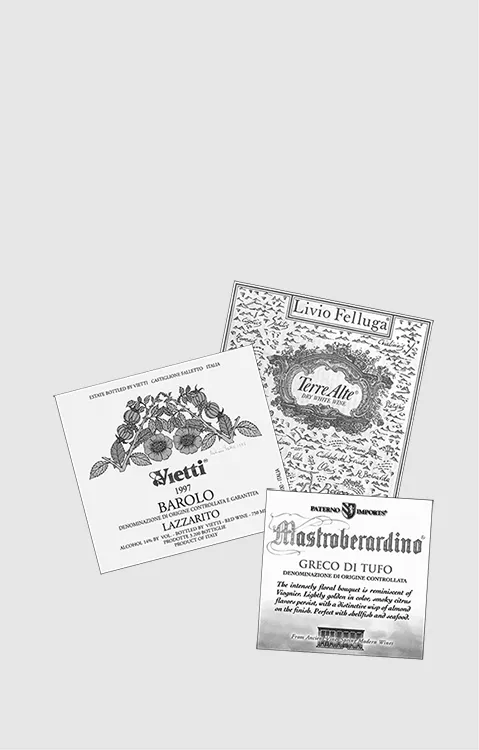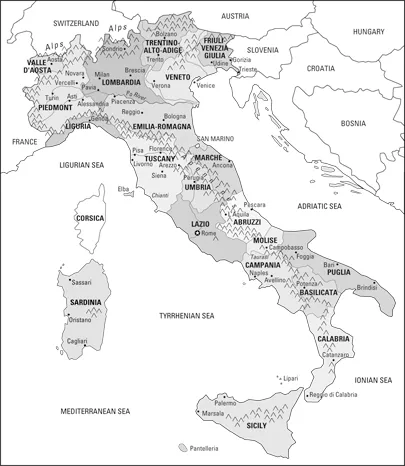
Italian Wine For Dummies
Mary Ewing-Mulligan, Ed McCarthy
- English
- ePUB (handyfreundlich)
- Über iOS und Android verfügbar
Italian Wine For Dummies
Mary Ewing-Mulligan, Ed McCarthy
Über dieses Buch
"A must-have book for anyone who is serious about Italian wines."
—Lidia Bastianich, host of PBS?s Lidia's Italian Table
"I have yet to encounter more knowledgeable guides to...Italian wine."
—Piero Antinori, President, Antinori Wines
"Bravo to Ed and Mary! This book shows their love for Italy, the Italian producers, and the great marriage of local foods with local wines. Here is a great book that presents the information without intimidation."
—Piero Selvaggio, VALENTINO Restaurant
Right now, Italy is the most exciting wine country on earth. The quality of Italian wines has never been higher and the range of wines has never been broader. Even better, the types of Italian wines available outside of Italy have never been greater. But with all these new Italian wines and wine zones not to mention all the obscure grape varieties, complicate blends, strange names and restrictive wine laws. Italian wines are also about he most challenging of all to master. The time has come for comprehensive, up-to-date guides to Italian wines.
Authored by certified wine educators and authors Ed McCarthy and Mary Ewing-Mulligan, Italian Wine For Dummies introduces you to the delectable world of fine Italian wine. It shows you how to:
- Translate wine labels
- Identify great wine bargains
- Develop your own wine tastes
- Match Italian wines with foods
Here's everything you need to know to enjoy the best Tuscans, Sicilians, Abruzzese and other delicious Italian wines. This lighthearted and informative guide explores:
- The styles of wine made in Italy and the major grape varieties used to make them
- How the Italian name their wines, the complicated laws governing how names are given and the meanings of common label terminology
- Italy's important wine regions including a region-by-region survey of the best vineyards and their products
- A guide to pronouncing Italian wine terms and names and how to order Italian wines in restaurants
For Italians, wine ( vino ) is food ( alimentari ) and food is love ( amore ). And you can never have enough love in your life. So, order a copy of Italian Wine For Dummies, today and get ready to share the love!
Häufig gestellte Fragen
Information
Part I
The Big Picture of Italian Wine

Chapter 1
Born to Make Wine
In This Chapter




Wine to Boot




From the Alps to almost Africa
| Figure 1-1: Italy’s 20 wine regions. |  |